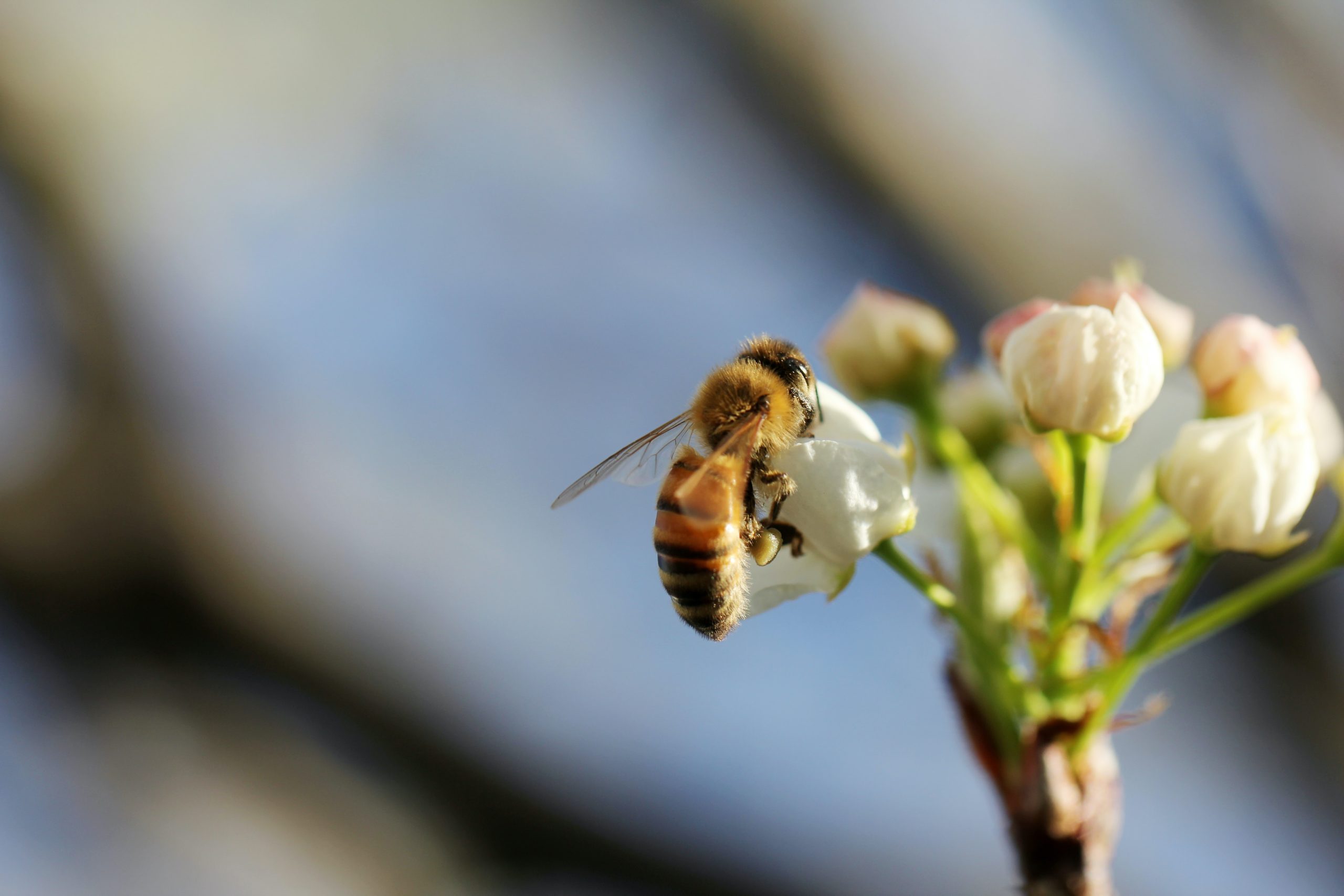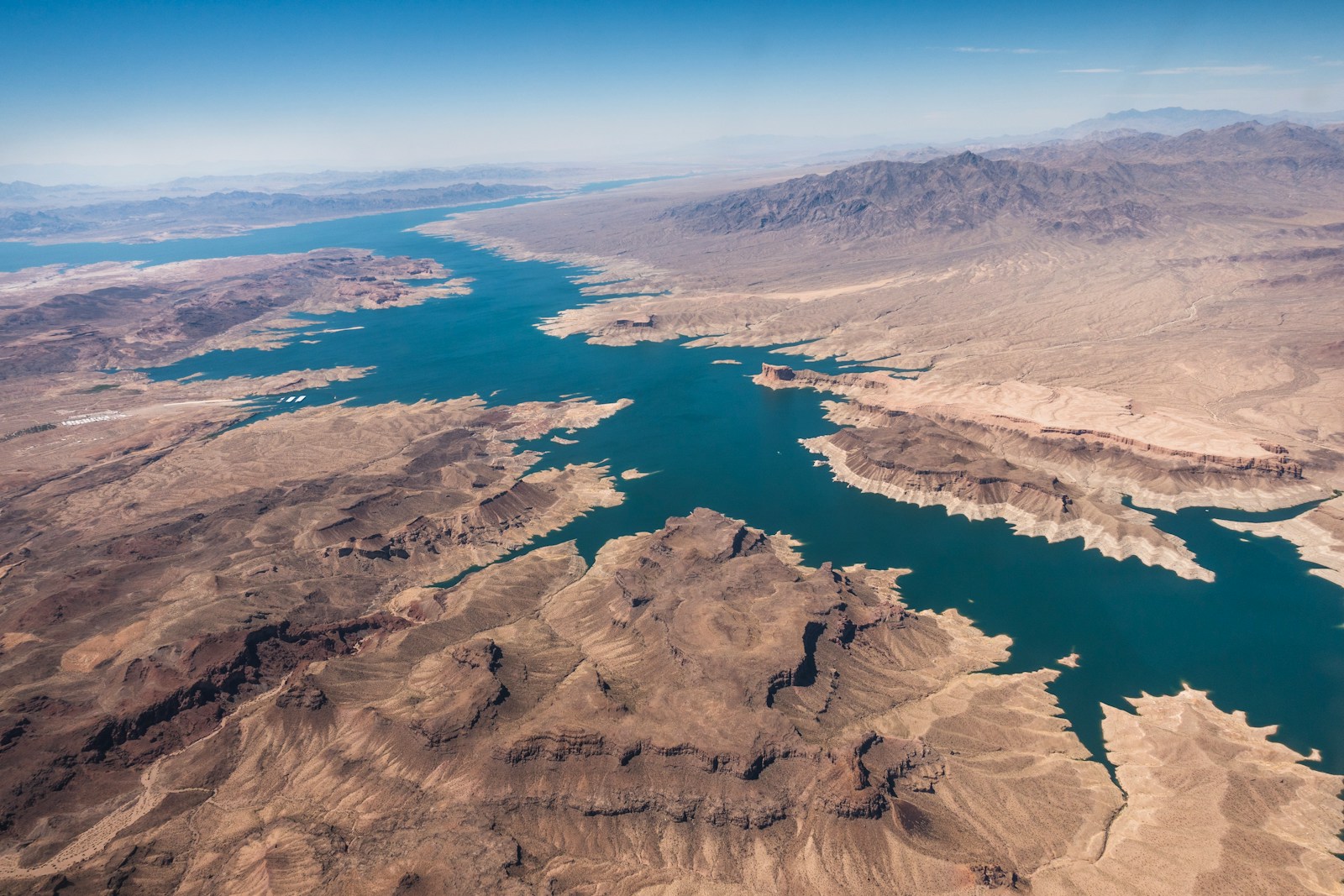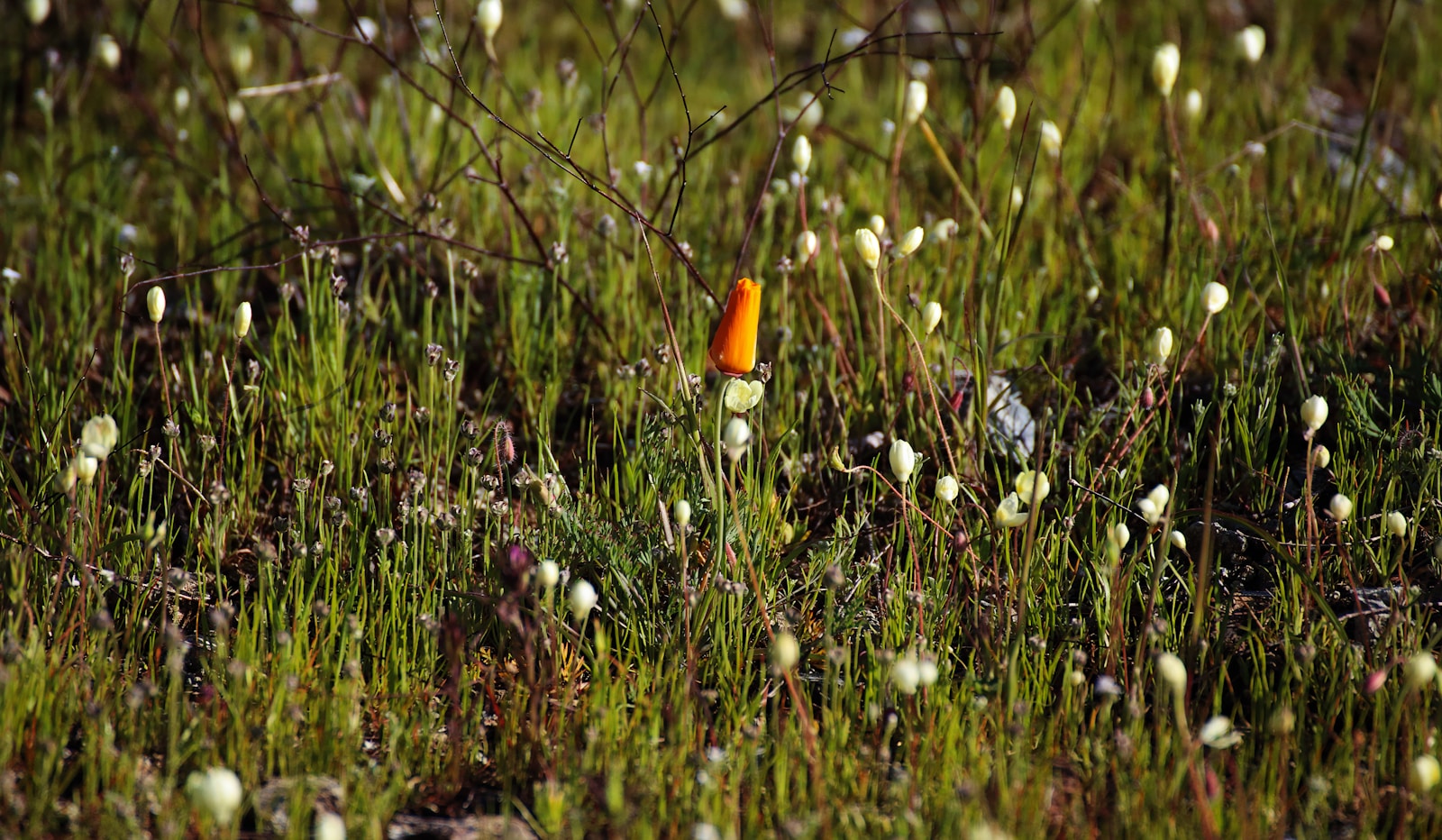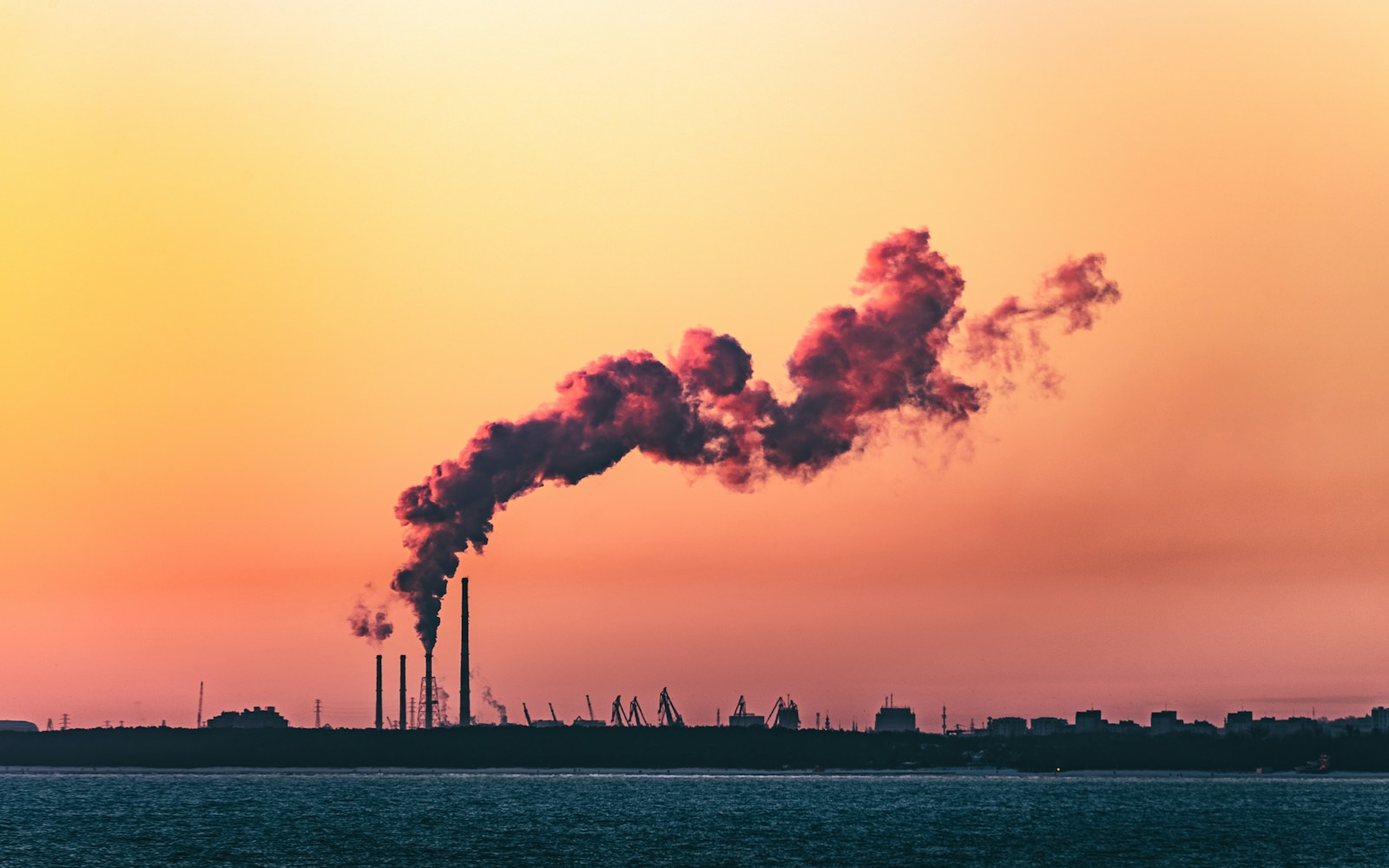Table of Contents
ToggleIntroduction
Ecosystems are complex biological systems that involve interactions between living organisms and their physical and chemical environment. They come in different forms and sizes, each with its unique characteristics and components. Ecosystem classes are a categorization of ecosystems based on their characteristics and features. In this article, we will explore the various ecosystem classes and their distinguishing features.
Terrestrial Ecosystems
Terrestrial ecosystems refer to ecosystems that occur on land. They are the most familiar and abundant ecosystems on earth, covering almost 30% of the planet’s surface. Terrestrial ecosystems are further divided into different classes based on their characteristics, such as the type of vegetation, climate, and soil.
1.1 Forest Ecosystems
Forest ecosystems are characterized by a dense canopy of trees that forms a closed canopy. Forests are further divided into tropical, temperate, and boreal forests based on their location and climate. Tropical forests are located in regions near the equator, and they have a high diversity of plant and animal species. Temperate forests are found in regions with distinct seasons, while boreal forests are located in the subarctic regions.
1.2 Grassland Ecosystems
Grassland ecosystems are characterized by a cover of grasses and other herbaceous plants, with few or no trees. Grasslands are further divided into savannas, temperate grasslands, and polar grasslands based on their location and climate. Savannas are found in tropical regions and are characterized by a mix of grasses and scattered trees.
Temperate grasslands are found in temperate regions and are characterized by tall grasses.
Polar grasslands, also known as tundra, are found in the Arctic and subarctic regions.
1.3 Desert Ecosystems
Desert ecosystems are characterized by arid and dry conditions, with little or no rainfall. Desert ecosystems are further divided into hot and cold deserts based on their temperature. Hot deserts are found in regions close to the equator, while cold deserts are found in the polar regions.
Aquatic Ecosystems
Aquatic ecosystems refer to ecosystems that occur in water bodies such as lakes, rivers, and oceans. They are further divided into freshwater and marine ecosystems based on the salinity of the water.
2.1 Freshwater Ecosystems
Freshwater ecosystems occur in bodies of water with low salinity, such as rivers, streams, and lakes. Freshwater ecosystems are further divided into lentic and lotic ecosystems. Lentic ecosystems are still water bodies, such as ponds and lakes, while lotic ecosystems are flowing water bodies such as rivers and streams.
2.2 Marine Ecosystems
Marine ecosystems occur in saltwater bodies such as oceans, seas, and estuaries. They are further divided into pelagic and benthic ecosystems. Pelagic ecosystems are open water ecosystems, while benthic ecosystems occur on the ocean floor.
Human-Made Ecosystems
Human-made ecosystems refer to ecosystems that have been created or modified by humans. They are further divided into urban, agricultural, and industrial ecosystems.
3.1 Urban Ecosystems
Urban ecosystems refer to ecosystems that exist within urban areas, such as cities and towns. They are characterized by a high density of human population, buildings, and infrastructure. Urban ecosystems can include parks, gardens, and green roofs.
3.2 Agricultural Ecosystems
Agricultural ecosystems refer to ecosystems that are used for agriculture, such as crop fields and pastures. They are characterized by a high diversity of crops and livestock.
3.3 Industrial Ecosystems
Industrial ecosystems refer to ecosystems that have been modified for industrial purposes, such as mining and oil drilling. They are characterized by a high concentration of pollutants and waste products.
Conclusion
In conclusion, ecosystems can be classified into different classes based on their characteristics and features. Terrestrial ecosystems include forests, grasslands, and deserts, while aquatic ecosystems include freshwater and marine ecosystems. Human-made ecosystems are also an important category and include urban, agricultural, and industrial ecosystems. Understanding the different ecosystem classes is important for conservation and management of natural resources. Each ecosystem has its unique set of organisms and interactions, and they all play a vital role in maintaining the balance of our planet’s biodiversity. It is essential to protect and conserve these ecosystems to ensure the survival of the species that depend on them and maintain the health of our planet. By recognizing the importance of ecosystems, we can work together to promote sustainable practices and ensure a better future for ourselves and the generations to come.







